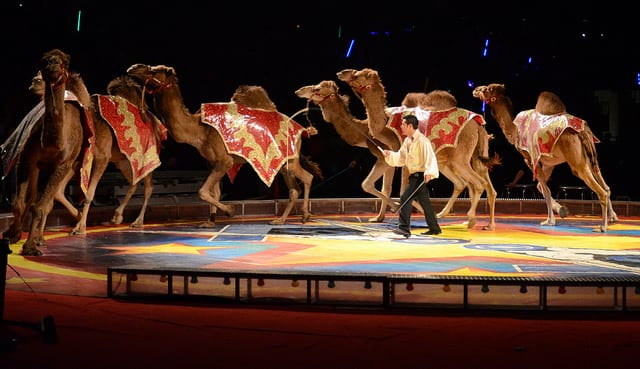by Lynda Carrier-Metz – December 2015 What is the first sponsorship question? The first question we ask as we develop each partnership with a sports team is: How can our involvement benefit our customers? The second question quickly follows: Will this partnership ultimately drive sales for our company? When I was in college (quite a…Continue Reading How sponsorships can add to the fan experience
How sponsorships can add to the fan experience

